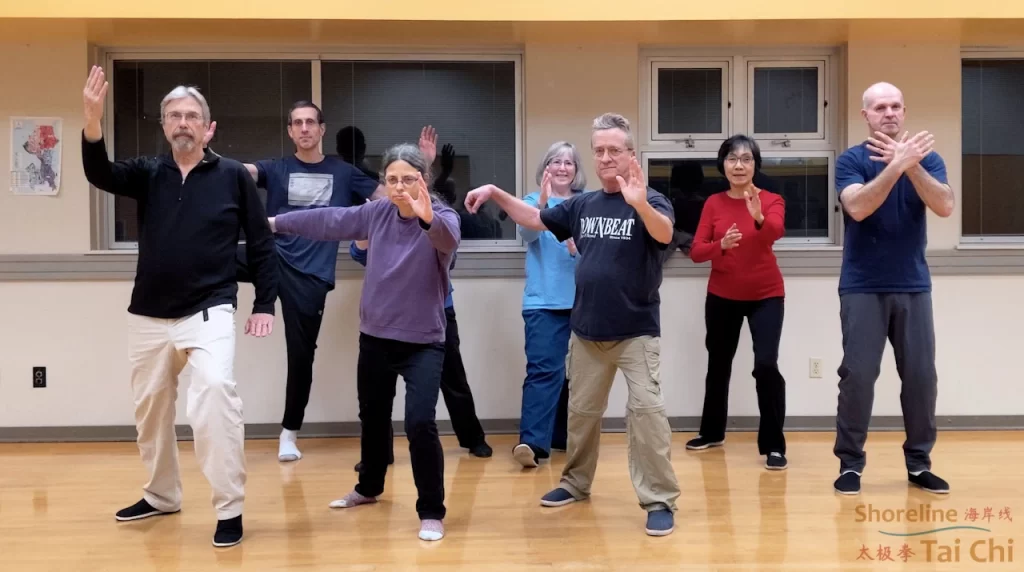Tai Chi Chuan is the embodiment of an ancient human philosophy. A rigorous course of self-discipline and self-exploration, through which we achieve a deeper understanding of our own mind and body, our relationships with others, and our role within the broader ecosystem.
See also: What is the difference between Tai Chi and Tai Chi Chuan?
Yang Style is the world’s most popular version of Tai Chi. Its signature characteristics are even and fluid movement, upright stances, and expansive postures.
From past to present
Tai Chi was originally made famous by Chinese boxers Yang Luchan and Yang Chengfu, who accepted many challenges and won in competition against other styles of martial arts. They succeeded through long, difficult, careful training, or gongfu.
In the early 20th century, Yang Chengfu transformed his family art, making it relevant and accessible to the public. He simplified and systematized the training, to promote calm, stability, moderation, and ease. He introduced these qualities to the original family boxing drills and routines, and changed their primary focus from single combat to self-cultivation.
Master Yang also taught a set of partner exercises known as tuishou or “pushing hands.” These training games allow students to test and develop, apply and improve their Tai Chi skills to a high level. They remain essential to the fruition and understanding of the art.
The martial applications of Tai Chi include striking, grappling, joint manipulation, and throwing. Its training methods emphasize balance, position, stability, leverage, sensitivity and timing. In these respects, Tai Chi is similar to classical Judo or Brazilian Jiu-Jitsu.
Tai Chi draws inspiration from legendary figures of Chinese history. These heroes include Daoist philosopher Lao Tzu, General Qi Jiguang, and the wandering sage Zhang Sanfeng.
See also:
A modern practice for health

Although its exact origins are inseparable from ancient myth, the benefits of regular Tai Chi practice are tangible, relevant, and scientifically validated.*
- Strengthens muscles, bones, and immune system
- Improves balance, coordination, and posture
- Lowers blood pressure and chronic pain
- Increases energy, flexibility, and range of motion
- Develops patience, relaxation and focus
- Encourages social interaction and community bonds
- Reduces anxiety, depression and stress
- Assists weight loss and cardiovascular health
- Trains proprioception and spatial intelligence
- Promotes self-awareness and self-confidence
- Supports longevity and wellness
* Reference: Solloway et al. (2014). An evidence map of the effect of Tai Chi on health outcomes. Specific conditions examined include hypertension, osteoarthritis, depression, COPD, insomnia, self-confidence, fall prevention, and cognitive performance.
